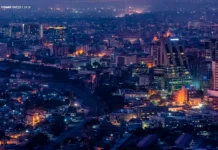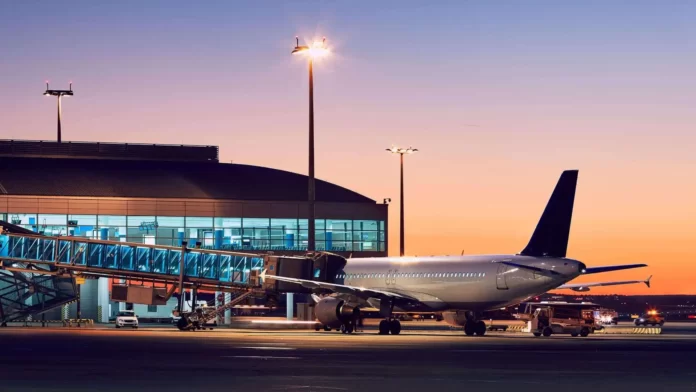Following the recent ceasefire agreement between Pakistan and India, Indian authorities have reopened 32 airports that were closed amid heightened military tensions along the border.
According to a statement issued by the Airports Authority of India (AAI), civil aircraft operations have resumed “with immediate effect” at all previously suspended airports. These airports, located across India’s northern and northwestern states, were shut down last week due to airspace restrictions.
Key airports now back in operation include Srinagar, Amritsar, Chandigarh, and Leh, along with several regional and military-run airports such as Adampur, Bikaner, Jammu, Bhuj, and Pathankot.
The closure, which initially affected 24 airports on Friday, was later expanded to 32 on Saturday through official aviation notifications. Pakistan’s Civil Aviation Authority had reopened its airspace on Saturday, following the de-escalation.
Indian airlines, including low-cost carriers IndiGo and SpiceJet, have announced the partial resumption of flights on suspended routes. However, full-scale operations are expected to resume gradually, as authorities coordinate logistical and staffing arrangements.
Passengers have been advised to check flight schedules directly with their respective airlines as delays and schedule adjustments are likely during the transition period.
The temporary airspace closures had disrupted both civilian movement and regional air traffic. Analysts say the reopening reflects a broader move towards de-escalation, though the situation remains sensitive.
























